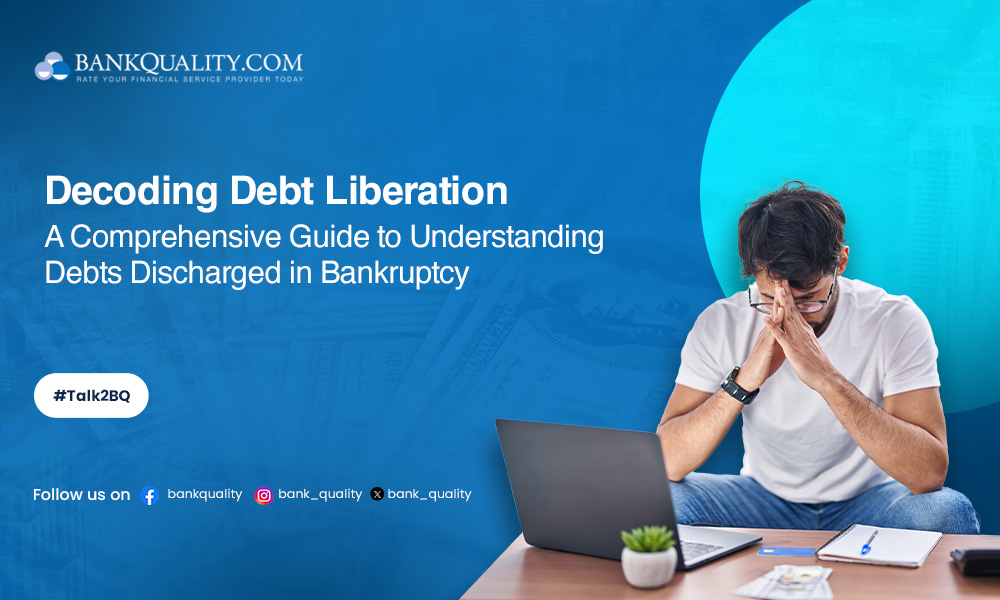
Bankruptcy holds considerable weight in finance and law, often seen as a final option for those confronting overwhelming financial difficulties. Nevertheless, grasping its complexities empowers individuals to make informed choices and manage challenging financial situations effectively.
Bankruptcy is a legal process that provides individuals and businesses with relief from overwhelming debt. It allows debtors to either discharge debts entirely or restructure them under court supervision, providing a fresh start or a manageable repayment plan.
While bankruptcy can offer a lifeline to those in financial distress, it's essential to understand its implications and consequences before proceeding.
Streamlining bankruptcy processes
In recent years, there has been a growing recognition of the need for more accessible and streamlined bankruptcy processes.
Governments and regulatory bodies around the world are exploring ways to make bankruptcy proceedings more efficient and equitable, particularly for individuals and small businesses. Additionally, there's a greater emphasis on financial education and proactive debt management to prevent bankruptcy before it becomes necessary.
Global bankruptcy laws vary
The landscape of bankruptcy law varies significantly from country to country, with each jurisdiction having its own set of regulations and procedures. In some regions, such as the United States, bankruptcy laws are relatively debtor-friendly, offering various options for debt relief and restructuring. However, in other parts of the world, bankruptcy proceedings may be more rigid and less forgiving, placing greater emphasis on creditor rights and repayment obligations.
According to data from the Administrative Office of the US Courts, there were over 750,000 bankruptcy filings in the United States in 2020, highlighting the widespread use of bankruptcy as a debt relief option.
A study conducted by the International Monetary Fund (IMF) found that bankruptcy regimes that strike a balance between debtor protection and creditor rights tend to promote economic growth and financial stability.
There are several types of bankruptcy, each serving different purposes and catering to different financial situations:
Chapter 7 Bankruptcy: Also known as liquidation bankruptcy, Chapter 7 allows individuals to discharge most unsecured debts, such as credit card debt and medical bills, by liquidating non-exempt assets.
Chapter 13 Bankruptcy: Commonly referred to as reorganisation bankruptcy, Chapter 13 enables individuals with regular income to create a repayment plan to settle their debts over three to five years.
Chapter 11 Bankruptcy: Primarily used by businesses, Chapter 11 allows for the restructuring of debts while the company continues its operations, to emerge stronger and more financially stable.
In conclusion, bankruptcy is a complex and multifaceted legal process with significant implications for debtors and creditors alike. While it can offer relief from overwhelming debt, it's essential to approach bankruptcy with caution and seek professional guidance to navigate through the process effectively. By understanding the nuances of bankruptcy law and exploring alternative debt relief options, individuals and businesses can make informed decisions to achieve financial stability and a fresh start.